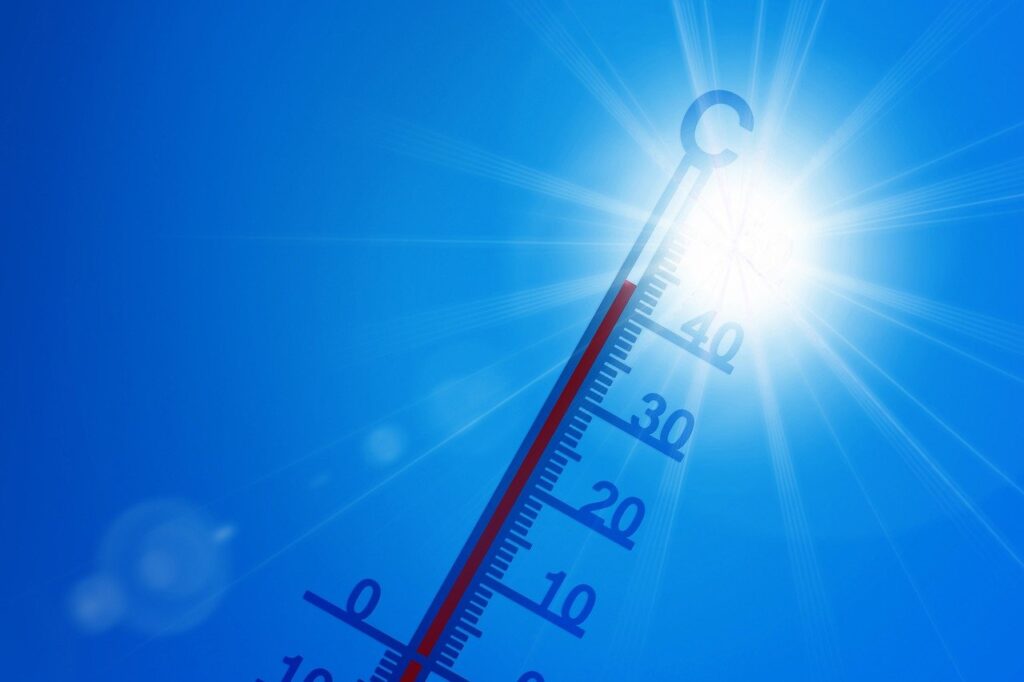
Image: Pixabay
July 2023 proved to be a remarkable month for Europe’s agricultural industry. According to the European Commission’s Crop Monitoring Bulletin, the month was dominated by a combination of intense heatwaves, drier-than-usual conditions and unevenly distributed rainfall, each impacting various regions and their agricultural yields in different ways.
Southern regions of Portugal and Spain, including Catalonia and northern Italy, have experienced intense heatwaves, with temperatures rising above 40°C. This extreme heat has occurred at a crucial time for Spain’s grain maize, which is currently in its flowering phase. High temperatures pose a significant threat to pollination, potentially leading to permanent crop damage and reduced yields. Sunflower growth, which is usually favoured by temperatures between 30-40°C, has been compromised by the extreme heat, coupled with dry conditions experienced in April and May.
{module Form RD}
Italy faces similar concerns, with rising maximum temperatures in July putting flowering summer crops at risk. The risk of heat-induced barrenness looms over the region, and agricultural experts are closely monitoring the situation.
An unprecedented period of drought has swept vast areas of Europe, including the Czech Republic, Austria, northeastern France, the Benelux countries, Denmark, southern Sweden and Finland, most of the Baltic Sea countries, Poland, much of Germany, eastern Romania and southern Ukraine. The rainfall deficit, which began in early May and lasted until the end of June, had a detrimental effect on flowering and grain filling of winter cereals, as well as on summer crops in the vegetative stages.
Significant areas of Germany are not marked on our drought maps due to an isolated storm event in the last ten days of June, resulting in high levels of precipitation in a single day.
Warmer than usual conditions occurred in northern France, the Benelux countries, western Germany and parts of the northern UK, recording the highest average and maximum temperatures in our records since 1991. Although not high enough to damage well-watered crops, the combination of high temperatures and high radiation increased evaporative demand, further stressing crops even in regions without exceptional rainfall deficits.
On the other hand, excessive rainfall delayed harvesting and potentially reduced grain quality in western Bulgaria, Romania, Slovenia, Croatia and Hungary. Above-average rainfall was recorded along the coastal areas of Lazio, Campania, Puglia, Calabria and the Italian islands, with precipitation concentrated mainly in the first half of June. Despite its uneven distribution, these rains could mitigate the negative impacts of high temperatures in these regions.
As Europe prepares for an uncertain future shaped by the forces of climate change, agricultural resilience is now more crucial than ever. The varying impacts of weather patterns on crop health and yields highlight the importance of robust agrometeorological monitoring and adaptive agricultural practices.
Source: Gabriel Rodrigues and Aline Merladete | agrolink
{module Read Also}
















